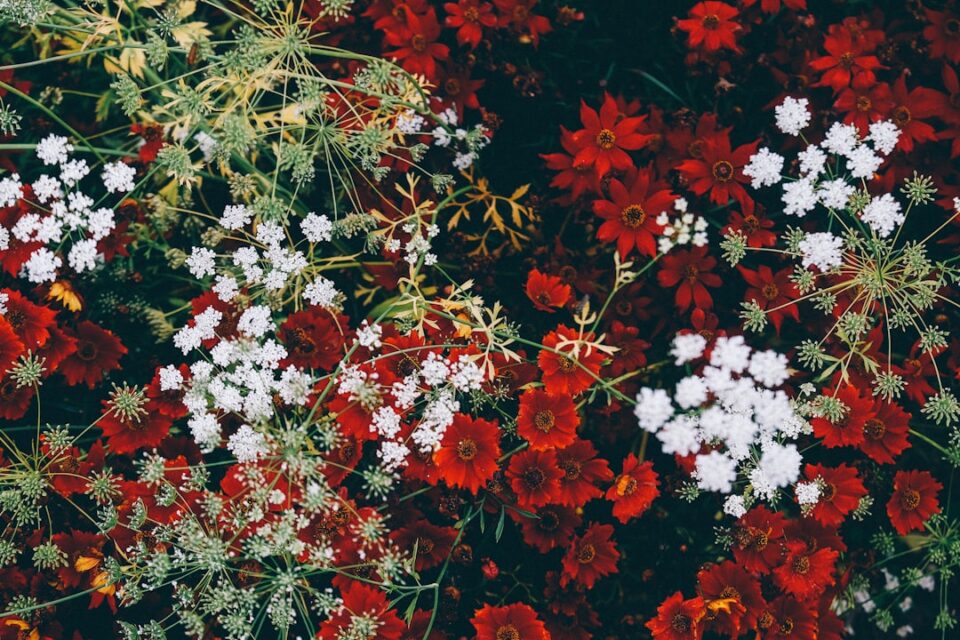Starting seeds indoors is a great way to get a head start on your garden, especially if you live in a climate with a short growing season. It allows you to extend your growing season and gives you more control over the growing conditions of your plants. However, starting seeds indoors can be a bit tricky if you don’t know what you’re doing. Here are some tips for successfully starting seeds indoors:
1. Start with the right containers: When starting seeds indoors, it’s important to use the right containers. Use seed starting trays or small pots that have drainage holes to prevent water from pooling at the bottom and causing root rot. You can also use recycled containers like egg cartons or yogurt cups as long as you poke holes in the bottom for drainage.
2. Use a good seed starting mix: Seed starting mix is specially formulated to provide the right balance of drainage and moisture retention for young seedlings. Avoid using regular potting soil, as it can be too heavy for delicate seedlings. Look for a seed starting mix that contains peat moss, vermiculite, and perlite for best results.
3. Provide enough light: Seedlings need plenty of light to grow strong and healthy. Place your seed trays in a bright, sunny window or use grow lights to provide supplemental lighting. Keep the lights on for 14-16 hours a day to mimic natural daylight and encourage strong growth.
4. Maintain the right temperature: Most seeds germinate best in temperatures between 65-75°F. Use a seedling heat mat to provide bottom heat if your house is on the cooler side. Once the seeds have germinated, place them in a slightly cooler location to prevent them from becoming leggy.
5. Water correctly: Overwatering is a common mistake when starting seeds indoors. Keep the soil evenly moist but not waterlogged. Water from the bottom by placing the trays in a shallow tray of water and allowing the soil to soak up the moisture. This prevents water from splashing on the delicate seedlings and helps prevent damping off.
6. Thin out seedlings: Once your seeds have sprouted, it’s important to thin out the weaker seedlings to give the stronger ones room to grow. Use scissors to snip off the smaller seedlings at soil level, being careful not to disturb the roots of the remaining plants.
7. Harden off seedlings: Before transplanting your seedlings outdoors, it’s important to harden them off to prevent transplant shock. Move them outside for a few hours each day, gradually increasing the amount of time they spend outdoors. This will help them acclimate to the outdoor conditions and prevent sunburn and wilting.
8. Transplant carefully: When it’s time to transplant your seedlings outdoors, do so on a cloudy day or in the evening to prevent them from getting sunburned. Dig a hole slightly larger than the root ball and gently loosen the roots before planting. Water the seedlings well after transplanting to help them settle in.
9. Keep an eye out for pests and diseases: Starting seeds indoors can make your plants more susceptible to pests and diseases. Check your seedlings regularly for signs of aphids, spider mites, or fungus gnats. If you notice any pests, remove them by hand or use an insecticidal soap to control the infestation.
10. Label your plants: It’s easy to forget what you’ve planted, especially if you’re starting multiple types of seeds indoors. Label your seed trays with the plant variety and the date you planted them to avoid confusion later on. This will help you keep track of each plant’s growth and watering needs.
Starting seeds indoors can be a fun and rewarding way to kick off your gardening season. By following these tips, you can ensure that your seedlings get off to a strong start and grow into healthy, productive plants. With a little patience and care, you’ll be able to enjoy a bountiful harvest of fruits, vegetables, and flowers from your indoor-grown seeds. Happy planting!

